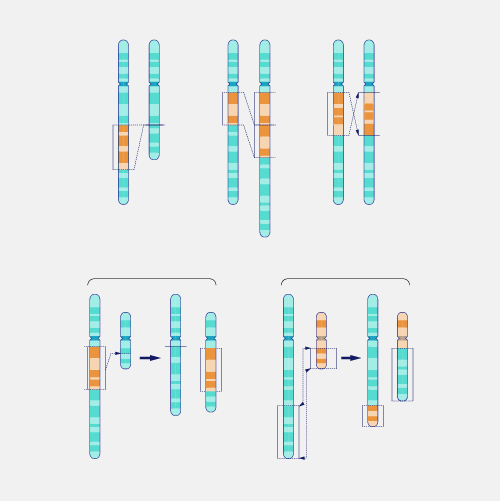
Autosomal Recessive Disorder
Definition
Autosomal recessive is a pattern of inheritance characteristic of some genetic disorders. “Autosomal” means that the gene in question is located on one of the numbered, or non-sex, chromosomes. “Recessive” means that two copies of the mutated gene (one from each parent) are required to cause the disorder. In a family where both parents are carriers and do not have the disease, roughly a quarter of their children will inherit two disease-causing alleles and have the disease. By contrast, an autosomal dominant disorder requires only a single copy of the mutated gene from one parent to cause the disorder. Sickle cell anemia is an example of an autosomal recessive genetic disorder.

Narration
Autosomal Recessive Disorder. The key thing about recessive disorders is that we all have two copies of every gene: one from mom, one from dad. For some, but not all genes, you really only need one working copy, and so it's only when both copies don't work that problems can occur. The most common way that people end up with two nonworking copies of a gene is when they get one each from mom and dad. Outside of sickle cell disease, other common autosomal recessive diseases include cystic fibrosis and very many of the genetic diseases that, at least in the United States, are screened for as part of newborn screening programs.





